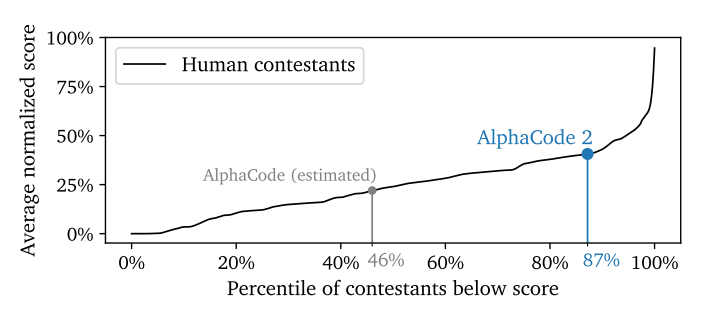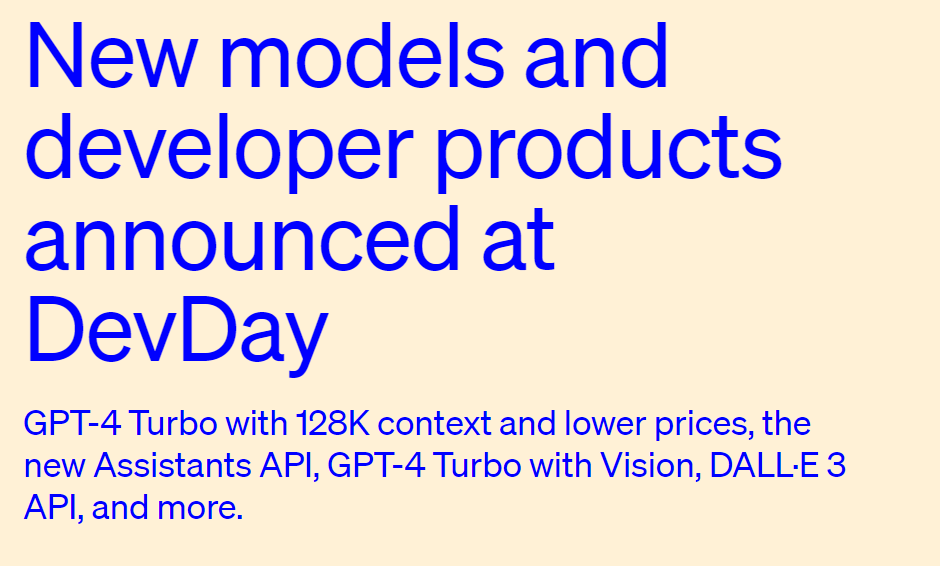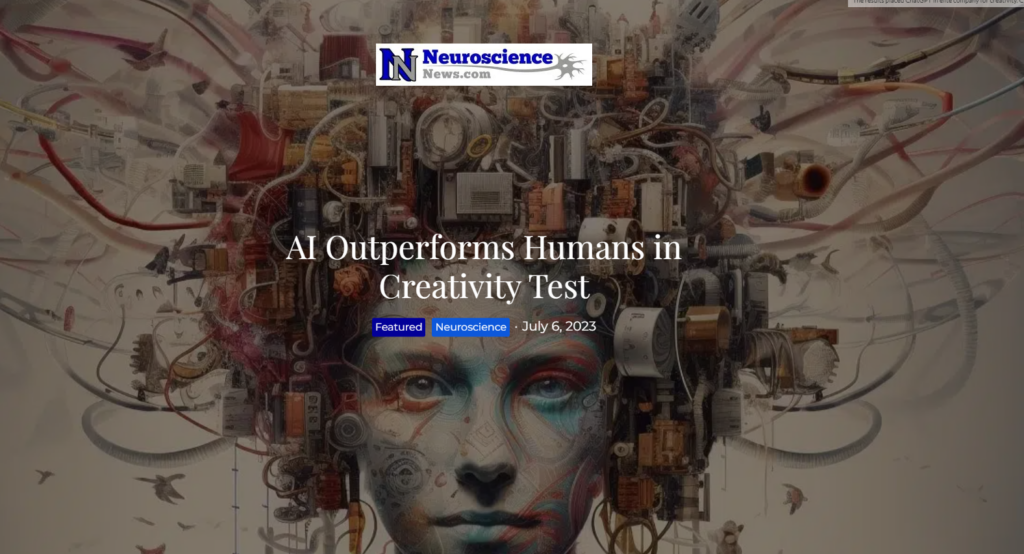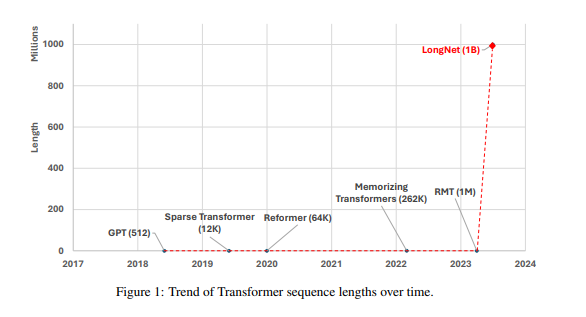A groundbreaking discovery has potentially been made in the field of superconductivity. Researchers from South Korea have developed a superconductor material, codenamed LK 99 (short for the authors Lee and Kim that made the first discovery of the material in 1999), that potentially operates at room temperature and atmospheric pressure. This would be a significant leap forward, overcoming the limitations of previous superconductors that required extremely low temperatures or high pressures to function.
Superconductivity, a quantum mechanical phenomenon where the electrical resistance of a material vanishes and magnetic flux fields are expelled from within the material, was first discovered by Dutch physicist Heike Kamerlingh Onnes in 1911. This discovery earned him the Nobel Prize in Physics in 1913. The implications of this phenomenon are vast, particularly for energy transmission and storage, as superconductors can conduct electricity with virtually no loss of energy.
One of the key features of superconductivity is the Meissner effect, where a superconductor in a magnetic field will expel the magnetic field within the material. This is due to the superconductor’s perfect diamagnetism, and it leads to phenomena such as magnetic levitation.
Another significant contribution to the understanding of superconductivity came from Vitaly Ginzburg and Alexei Abrikosov, who, along with Anthony Leggett, were awarded the Nobel Prize in Physics in 2003. Ginzburg and Abrikosov developed the Ginzburg-Landau theory in the 1950s, a phenomenological theory that describes superconductivity in the vicinity of the critical temperature. This theory successfully explains many properties of superconductors, including the Meissner effect, and it has been instrumental in the development of the theory of type II superconductors, which remain superconducting in the presence of strong magnetic fields.
The understanding of superconductivity took a significant leap forward in 1957 when John Bardeen, Leon Cooper, and John Robert Schrieffer proposed the BCS theory. This theory, which explains how electrical resistance in certain materials disappears at very low temperatures, earned them the Nobel Prize in Physics in 1972. The theory introduced the concept of Cooper pairs, where electrons with opposite momenta and spins pair up and move through the lattice of positive ions in the material without scattering and losing energy.
In 1986, the discovery of high-temperature superconductors by Georg Bednorz and K. Alex Müller, who were awarded the Nobel Prize in Physics in 1987, marked another milestone in the field. These materials exhibited superconducting properties at temperatures higher than those predicted by the BCS theory, opening up new possibilities for practical applications.
Each superconductor has a critical temperature below which it exhibits superconductivity, and some require a minimum pressure. Traditional superconductors need extreme cooling and sometimes high pressure. High-temperature superconductors work at warmer temperatures, but still below room level. The new material, LK 99, is groundbreaking as it remains superconducting at room temperature and atmospheric pressure.
The researchers published two papers discussing their findings on arXiv within two hours of each other on July 22, 2023. The first paper, “The First Room-Temperature Ambient-Pressure Superconductor”, was authored by Sukbae Lee, Ji-Hoon Kim, and Young-Wan Kwon. The second paper, “Superconductor Pb_10-x Cu_x (PO_4)_6 O showing levitation at room temperature and atmospheric pressure and mechanism”, was authored by the same first two researchers of the first paper along with Hyun-Tak Kim, Sungyeon Im, SooMin An, and Keun Ho Auh. The strategic authorship suggests a potential candidacy for the Nobel Prize, which can only be shared among three people.
In March 2023, the group filed for their international patent application, further solidifying their claim. However, the scientific community has expressed some skepticism due to a past incident. Randa Dias, a physicist at the University of Rochester, had a paper published in Nature in October 2020 claiming room-temperature superconductivity in a carbonaceous sulfur hydride under extreme pressure. The paper was retracted in September 2022 after other researchers were unable to replicate the results. While we await conclusive evidence supporting the claim of room-temperature superconductivity, you can monitor the scientific community’s assessment of the claim here.
The LK 99 material has a critical current of 250 mA at 300°K (27°C) that quickly drops towards almost 0 when reaching 400°K. The current generates a magnetic field that breaks down superconductivity. This is a crucial aspect as high currents for generating high magnetic fields are central for applications in MRIs and in fusion reactors, where the magnetic field is used for the confinement of the plasma.
The proposed superconductor is not only revolutionary but also simple and inexpensive to produce. The process involves three steps explicitly explained in the second paper using common materials: lead oxide, lead sulfate, copper powder, and phosphorus. The resulting compound, Pb10-xCux(PO4)6O, is achieved through a series of heating and mixing processes.
The use of copper instead of lead in the superconductor results in a shrinkage effect, which was previously achieved through high pressure. This is related to the concept of a quantum well, a potential well with discrete energy values. The quantum well effect is the underlying mechanism for superconductivity in LK-99.
The potential applications of room-temperature superconductors are transformative. They could lead to more efficient power transmission, reducing energy loss during transmission through power lines. They could also enable cheaper and simpler magnetic resonance imaging (MRI) machines, fusion reactors, high-speed magnetic trains, and quantum computers. In addition, they could lead to more efficient batteries, potentially revolutionizing the energy storage industry. A more detailed discussion of the implications of a room-temperature ambient-pressure superconductor that depends on whether strong or weak magnetic fields and currents are possible has been put together by Andrew Cote.
A comprehensive overview of this discovery has been provided in a YouTube video by ‘Two Bit da Vinci’.
The breakthrough discovery of the room-temperature superconductor LK 99 is not the only recent advancement in the field of superconductivity. In a related development, a team of scientists from MIT and their colleagues have created a simple superconducting device that could dramatically cut energy use in computing. This device, a type of diode or switch, could transfer current through electronic devices much more efficiently than is currently possible.
The team’s work, published in the July 13 online issue of Physical Review Letters, showcases a superconducting diode that is more than twice as efficient as similar ones reported by others. It could even be integral to emerging quantum computing technologies. The diode is nanoscopic, about 1,000 times thinner than the diameter of a human hair, and is easily scalable, meaning millions could be produced on a single silicon wafer.
The team discovered that the edge asymmetries within superconducting diodes, the ubiquitous Meissner screening effect found in all superconductors, and a third property of superconductors known as vortex pinning all came together to produce the diode effect. This discovery opens the door for devices whose edges could be “tuned” for even higher efficiencies.
These advancements in superconductivity, both in the creation of room-temperature superconductors and the development of highly efficient superconducting diodes, hold great promise for the future of technology and energy efficiency. They could lead to more efficient power transmission, revolutionize the energy storage industry, and dramatically cut the amount of energy used in high-power computing systems.
You can read more about the superconducting diode in the Phys.org article.
On July 29, 2023, there has been an additional announcement by Taj Quantum in Florida for a Type II room-temperature superconductor (US patent 17249094).
Update 03.01.2024 [1][2]: Two Chinese labs have now also found room-temperature superconductors.






